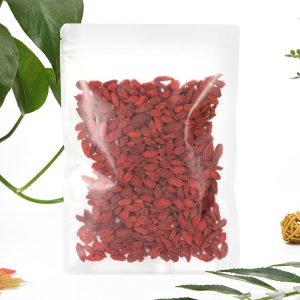Plastic pouches have had both positive and negative impacts on various aspects of society and the environment. Let’s explore these impacts in more detail:
Positive Impacts:
- Convenience: Plastic pouches offer convenience to consumers due to their lightweight, portable, and easy-to-use nature. They have become popular for on-the-go products and single-serving items, reducing the need for bulkier or heavier packaging options.
- Extended Shelf Life: The barrier properties of certain plastic materials used in pouches help extend the shelf life of perishable products. This helps reduce food waste and ensures that products remain fresh for a longer time.
- Reduced Packaging Weight: Plastic pouches are generally lighter than traditional rigid packaging options, such as glass or metal containers. This leads to reduced transportation costs and a smaller carbon footprint during shipping.
- Product Visibility: Clear plastic pouches allow consumers to see the product inside, enhancing transparency and enabling informed purchasing decisions.
- Innovation and Customization: The flexible nature of plastic pouches allows for innovative and customizable designs. This has driven packaging advancements and created opportunities for branding and marketing.
Negative Impacts:
- Environmental Pollution: One of the most significant concerns surrounding plastic pouches is their contribution to environmental pollution. Single-use plastic pouches, if not disposed of properly, can end up in landfills or oceans, causing harm to wildlife and ecosystems.
- Microplastics: Over time, plastic pouches can break down into smaller particles called microplastics. These microplastics can infiltrate the environment, including water sources, and have adverse effects on marine life and potentially human health.
- Recycling Challenges: Not all plastic pouches are easily recyclable, especially if they are made from mixed materials. The lack of proper recycling facilities and consumer awareness can limit recycling rates.
- Resource Consumption: The production of plastic pouches requires the use of fossil fuels and natural resources. This contributes to carbon emissions and depletes non-renewable resources.
- Long Degradation Time: Traditional plastic pouches can take hundreds of years to decompose fully, which means their environmental impact persists long after their useful life.
- Potential Chemical Migration: Some plastic pouches may contain additives or chemicals that could migrate into the packaged food or beverage, raising concerns about food safety.
Addressing the Impact:
To address the negative impacts of plastic pouches, various initiatives and solutions are being explored:
- Sustainable Materials: Development and use of biodegradable, compostable, or recyclable materials for pouch production can help reduce the environmental impact.
- Waste Management and Recycling: Improved waste management systems and increased recycling rates can help reduce plastic pollution and encourage the circular economy.
- Government Regulations: Stricter regulations and policies aimed at reducing single-use plastics and promoting eco-friendly alternatives can drive positive change.
- Consumer Awareness: Educating consumers about proper waste disposal, recycling, and the importance of reducing plastic usage can lead to more responsible consumer behavior.
- Industry Collaboration: Collaboration among packaging manufacturers, retailers, and consumers can foster sustainable practices and innovations.
- Innovation and Design: Continued innovation in packaging design can lead to more eco-friendly pouch options and materials.
By taking a holistic approach and considering the full life cycle of plastic pouches, including production, usage, and disposal, we can work towards mitigating their negative impacts and promoting more sustainable packaging practices.








